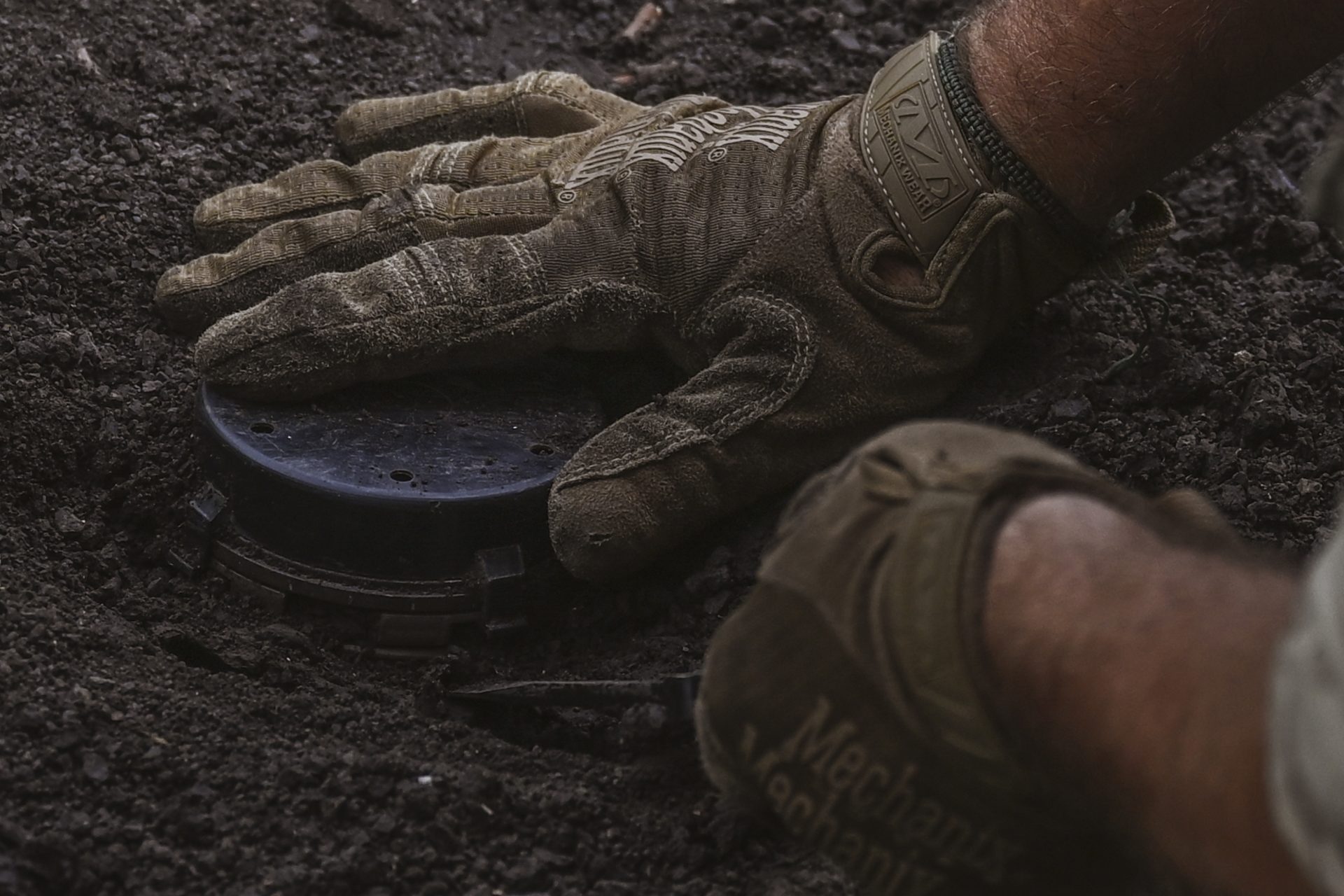Ukraine could be the most mined country on the planet
In April 2023, Ukrainian Prime Minister Denys Shmyhal quoted figures from the World Bank that pegged the cost of de-mining Ukraine at $397 billion US dollars and asked for help from the international community.
"We call on our partners to actively cooperate. In particular, the format of the G7 countries' patronage over the mined Ukrainian regions is promising. After all, humanitarian demining will help return life to the de-occupied territories," Shmyhal said.
"It will also allow us to implement other reconstruction projects, including on critical and transport infrastructure," the Ukrainian Prime Minister added.
After more than fourteen months of brutal war and invasion, Russia has turned Ukraine into the world's largest minefield according to the country’s Prime Minister.
In an exclusive interview with South Korean news outlet Yonhap in January, Shmyhal spent time discussing his country’s future economic partnerships with South Korea and the possibility of receiving demining assistance from their Asian ally.
“According to the government's plan, we are interested in building a plant for the production of electric cars in Ukraine and would like to do it in cooperation with South Korea,” Shmyhal said.
“Ukrainians want to buy high-quality electric cars, and we strive to meet this growing demand," the Prime Minister continued.
But Shmyhal also noted that Ukraine was looking forward to receiving South Korea’s assistance in demining his country after the war.
"I also look forward to receiving a lot of help from South Korea with its rich experience, skills, and equipment in demining work," Shmyhal told Yonhap’s Jo Sung-heum and Lee Haye-ah.
Since the beginning of the war in Ukraine, more than 250,000 square kilometers of minefields have been laid according to Ukraine's Prime Minister.
"It's currently the largest minefield in the world," Shmyhal explained to the Yonhap journalists.
"It's not only making it difficult for people to travel, but also causing major disruptions in farming, which is one of our main industries," Shmyhal added.
Both Russian and Ukrainian forces have made extensive use of anti-vehicle mines in at least six regions of Ukraine according to Human Rights Watch, but only one country in the conflict has used anti-personnel mines.
“Russian forces have used at least seven types of antipersonnel mines in at least four regions of Ukraine: Donetsk, Kharkiv, Kyiv, and Sumy,” according to a July briefing paper from Human Rights Watch.
The non-profit intergovernmental organization stated that there was no evidence that Ukrainian forces had used anti-personnel mines.
Anti-personnel mines and their use have been banned since the Mine Ban Treaty of 1997, a treaty for which Russia is not a signatory.
“This marks an unusual situation in which a country that is not a party to the 1997 Mine Ban Treaty uses the weapon on the territory of a party to the treaty,” wrote Human Rights Watch in the summary of their brief paper.
Unfortunately, it is unlikely that Russian forces will stop using mines now that they are on the defensive on all fronts.
"We don't know when the war will end, but it's certain that we will reclaim all of our lands," Shmyhal said, adding that he was “deeply grateful” for the humanitarian assistance South Korea had already extended to Ukraine.
Since the beginning of the war, South Korea has provided humanitarian assistance in excess of $100 million dollars according to a December 9th Yonhap report.
More for you
Top Stories

































